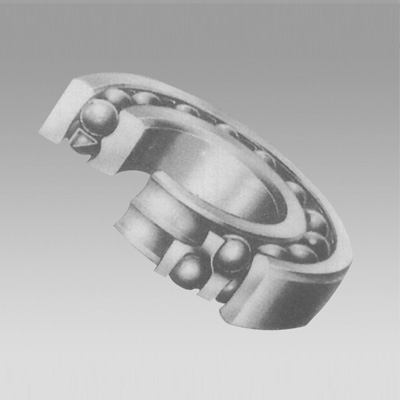
Dec . 11, 2024 10:20 Back to list
Analysis of Axial Load in Spherical Bearing Systems for Enhanced Performance
Understanding Spherical Bearing Axial Load
Spherical bearings are crucial components in various mechanical systems, offering unique functionality in applications that require the support of axial loads while permitting some degree of misalignment. These bearings are designed to accommodate both radial and axial loads, making them versatile and highly effective in different engineering applications.
What are Spherical Bearings?
Spherical bearings consist of an inner ring, an outer ring, and a spherical ball that allows for multidirectional movement. The spherical ball is typically housed within a concave outer ring, which enables the inner ring to pivot around multiple axes. This design allows spherical bearings to tolerate misalignments that may arise from manufacturing imperfections, assembly tolerances, or thermal expansions, making them ideal for use in demanding environments.
Axial Load in Spherical Bearings
Axial load refers to the force that acts along the axis of the bearing, pushing or pulling on the load in a linear manner. In the context of spherical bearings, axial loads can arise from various sources, including weight from connected structures, dynamic loads from machinery, or external forces acting on the bearing assembly. Understanding how spherical bearings handle axial loads is crucial for ensuring the longevity and reliability of the system.
Key Factors Affecting Axial Load Capacity
1. Material Selection The materials used in the construction of spherical bearings play a significant role in their ability to withstand axial loads. Typically, high-strength steel or specialized alloys are utilized to ensure durability and resistance to deformation under heavy loads.
spherical bearing axial load

2. Design Geometry The size and geometry of the bearing influence its load capacity. A larger bearing surface can distribute loads more effectively, reducing pressure on individual points and decreasing the likelihood of failure.
3. Lubrication Proper lubrication is essential for minimizing friction between the bearing components. Insufficient lubrication can lead to increased wear and heating, reducing the bearing's ability to manage axial loads over time.
4. Installation and Alignment Accurate installation is critical for the optimal performance of spherical bearings. Misalignment can lead to uneven distribution of loads and increase stress on certain areas of the bearing, potentially leading to premature failure.
Applications of Spherical Bearings
Spherical bearings are used in a wide range of applications across various industries. In aerospace, they support structures that experience dynamic loads and movements during flight. In automotive design, they facilitate the smooth operation of suspension systems and drivetrain components. Additionally, they are prevalent in industrial machinery, robotics, and construction equipment, where misalignment and axial loads are common issues that need to be addressed.
Conclusion
In conclusion, spherical bearings play a vital role in managing axial loads in a variety of applications. Understanding the factors that influence their performance and load capacity is essential for engineers and designers. Whether in aerospace, automotive, or industrial applications, spherical bearings provide the necessary support and flexibility to ensure efficient operation and longevity. Proper handling, installation, and maintenance of these bearings can lead to enhanced performance, reduced downtime, and increased safety, highlighting their importance in modern engineering practices.
Latest news
-
Premium Deep Groove Ball Bearings | High Speed & Reliability
NewsAug.29,2025
-
Durable Scaffolding Clamps - Secure & Reliable Tube Connectors
NewsAug.28,2025
-
Common Failures in Thrust Ball Bearings and Solutions
NewsAug.22,2025
-
How Tapered Roller Bearings Can Take Shock Loads
NewsAug.22,2025
-
Angular Bearings in High-Precision Spindles
NewsAug.22,2025
-
The Impact of Misalignment on Cylindrical Roller Bearing Performance
NewsAug.22,2025
